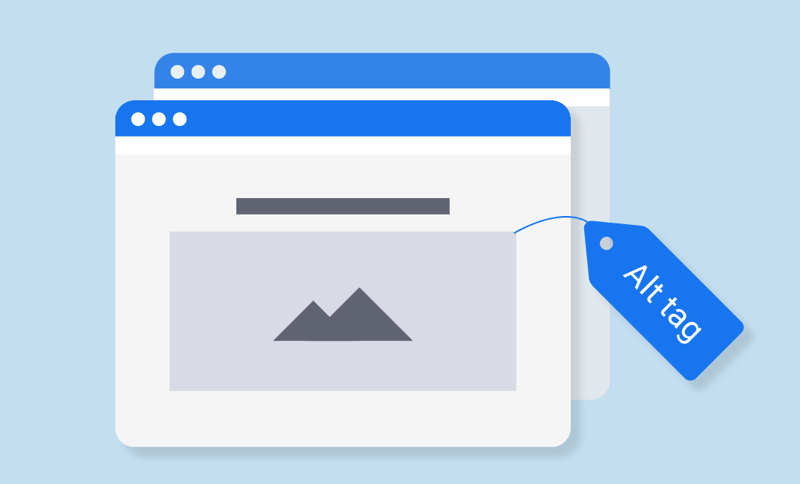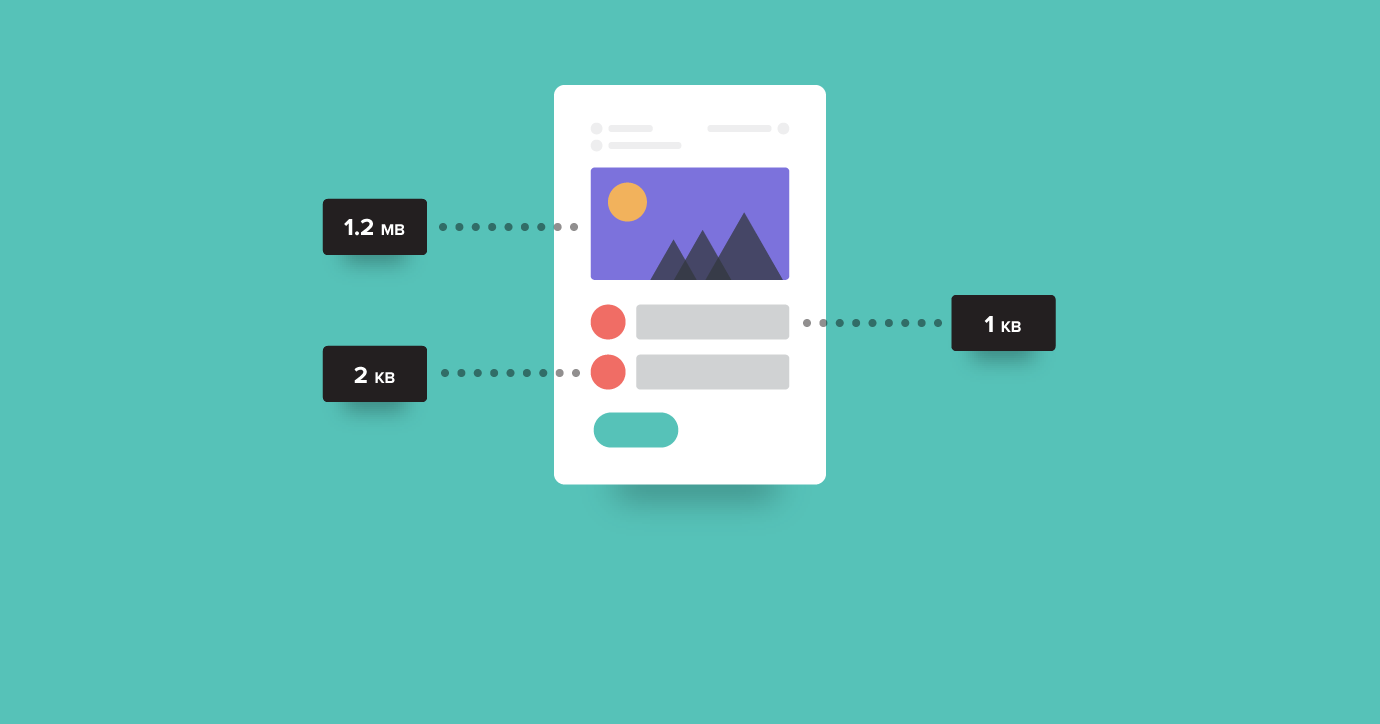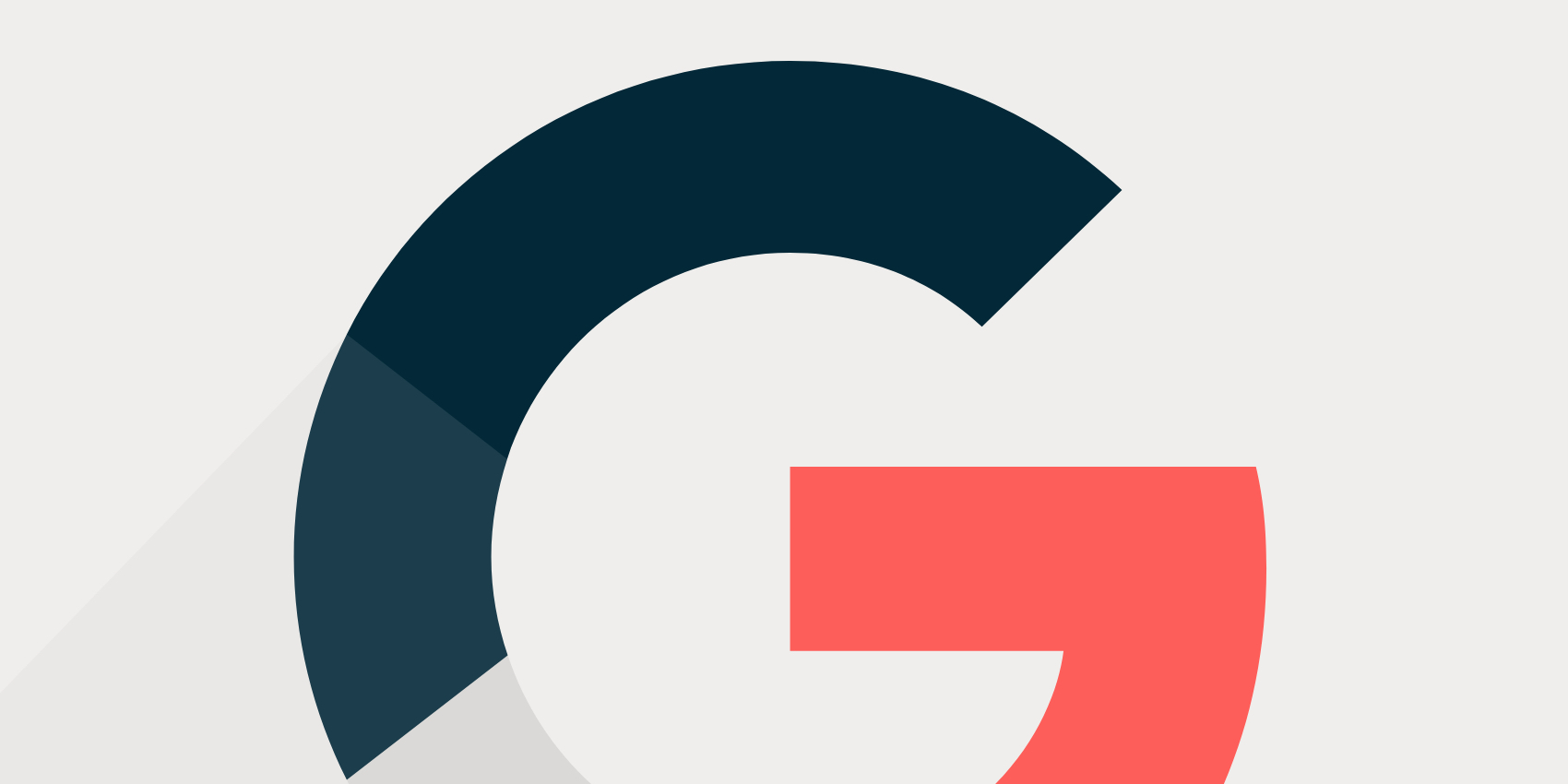On-page SEO: Factors you might be overlooking in 2021

Google’s ranking algorithm is constantly evolving, that means the goalposts rarely stand still. How can you overcome the challenge of ensuring your on-page SEO strategy remains fit for purpose?
Search engine-friendly pages tend to deliver a welcome boost to SERP rankings and on-page SEO is an umbrella term of sorts, for the techniques and best practices that optimise your web pages and content, to help get your site to where you want it to be.
Keywords are of course, everyone’s friend in this regard and they lay the foundation for good on-page SEO, but there are other elements to consider, ones that are easily overlooked with so much focus placed on keywords.
Popular Read: SEO Ranking Factors 2021 Study
The stakes can be high; placing all your (metaphorical) bets on one horse won’t win this race, here are some of the other runners and riders.
URLs

Long and overly complex URLs don’t enjoy anywhere near the same click-through rates as those that are shorter, snappier and more concise.
Users prefer them, search engine crawlers love them, so keeping it under 60 characters is ideal; that means losing filler words such as “to”, “the”, “in” etc.
Images

A picture paints a thousand keywords, well not quite but images do matter, they matter for the user experience and that means they matter for rankings.
Images stick in the mind much more easily than a wall of text, they engage and make your precious page far easier to consume, but they should be optimised and here’s how to do it:
Filenames and alt text

Can Google’s bots see images of humans, trees or scented candles the way we do..? Not really, that means they need a filename that is descriptive. That might mean “patchouli-scented-candle.jpg” instead of “576849.jpg” or “copywriter-using-laptop.jpg” instead of “DSCN0045.jpg”.
You get the idea.
Website accessibility is a big deal; it is also playing a much bigger role in compliance now. Alt text enables screen readers to describe the images on a page to anyone with a visual impairment, enabling everyone to get the best experience from your site.
Image file size

53% of mobile users will leave a webpage that doesn’t load within three seconds... That doesn’t give you long to make a first impression.
Of all the ranking signals sites like Google use, page loading speed is one of the biggest and can also the easiest to remedy. Ensure any images you use on your pages are compressed, ideally to smaller than 70kb.
There are other things to tweak to help your page to load faster, here’s some of the most effective:
- Enabling browser caching and file compression
- Ensure there are no unnecessary redirects
- Make sure your server response time is optimal
- Verify that your page’s code is optimised with minified CSS and JS
You can gain insight and review your site’s speed using PageSpeed or lighthouse, doing so regularly is a very smart move.
Meta descriptions and titles

Keyword rich, relevant to your user’s intentions and crafted to invite them into your site, a good Meta description should do all those things in just 160 characters. That’s characters, not words so take note, if it isn’t done or done well, then Google will simply take text from your page and display it on the SERP.
That’s far from ideal for SEO purposes.
When it comes to title tags, bear in mind the following:
- Check that you’ve included your main keywords at the front of the title tags of all your pages
- Verify that the length of your title tags is between 60 – 70 characters and, if not then it may get truncated in the SERPs
Links and content

Both internal and external links play a key role in on-page SEO, so a consistent linking strategy is important.
If you use external sources then cite them, it’ll provide credibility, both in the eyes of your users and Google’s crawlers. Checking periodically for broken links is another good plan, (“404 not found” links have exactly the opposite effect.)
If your site contains a wide range of content, with multiple external links then it is often a good policy to set up an engaging and easy to navigate 404 error page; this will go some way towards helping retain site visitors while still helping them find the content they are looking for.
Internally, linking can make your site much easier to navigate and guide your visitors well. From an SEO point of view your content will also be easier for the crawlers to rank and understand.
Lastly, but by no means least is good content itself. Natural keywords (never stuffed), subheadings, paragraphs, structure and readability are all important aspects of great on-page SEO, investing time and resources in the content you publish can prove pivotal for many in delivering the best possible user experience and making their way up the rankings.





Comments